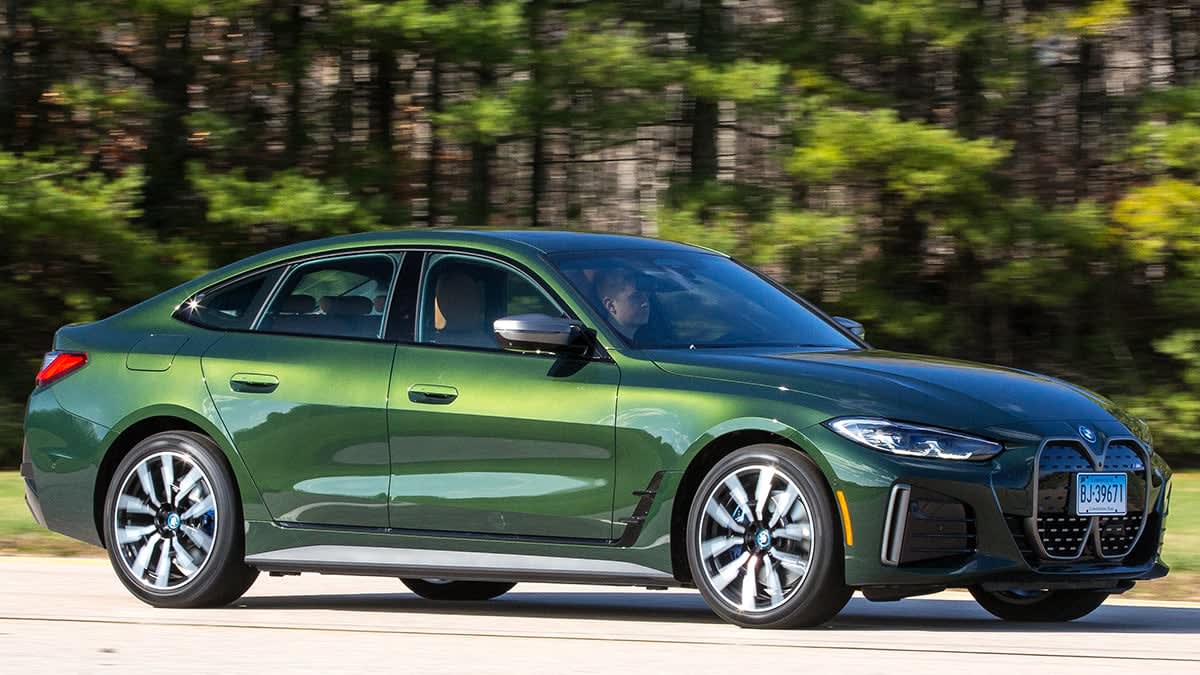To ensure the vehicle is properly broken in and still has full battery capacity, we only test cars we own with between 2,000 and 15,000 miles on the odometer. (Some vehicles from automakers, including Chevrolet, Nissan, Polestar, Rivian, and Tesla are not represented because we do not currently own them, they did not meet all of our testing criteria, or we simply haven’t tested them yet.)
Beyond mileage, we also inspect tires for additional wear, which can affect range. And as always, all tested vehicles were purchased anonymously from local dealerships and vehicle manufacturers.
Because driving in the cold and running the heater can shorten an EV’s range between 25 and 50 percent, we perform all our range tests in summer at temperatures between 70 and 90° F and when the weather is clear, which is the most favorable for EV range. If we purchase a new vehicle at another time of the year, we will initially score it based on its EPA range until we can perform our own tests.
We control the tests in other ways as well, setting tire pressure to factory specifications, preconditioning the vehicles inside our garage, setting climate control to 72° F, and using cruise control with speed and mileage verified via GPS. To better understand what drivers experience when range gets critically low, we also document what warnings the vehicles provide. We set regenerative braking to the lowest level, and we also test vehicles in Eco mode, if the car has it, to maximize range the way drivers would likely do on a road trip. If there’s a significant slowdown on our route, we restart the test.
Source link
